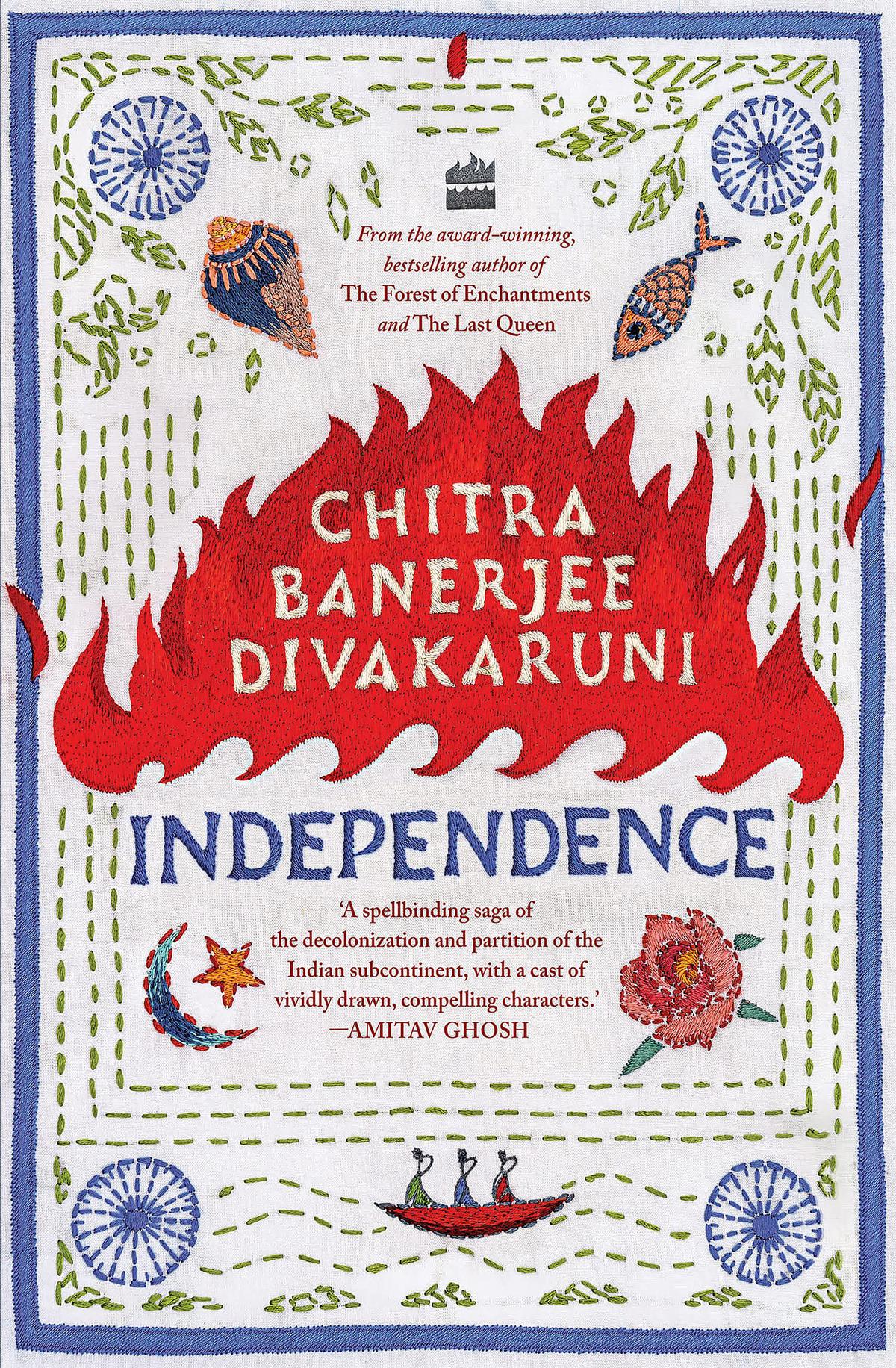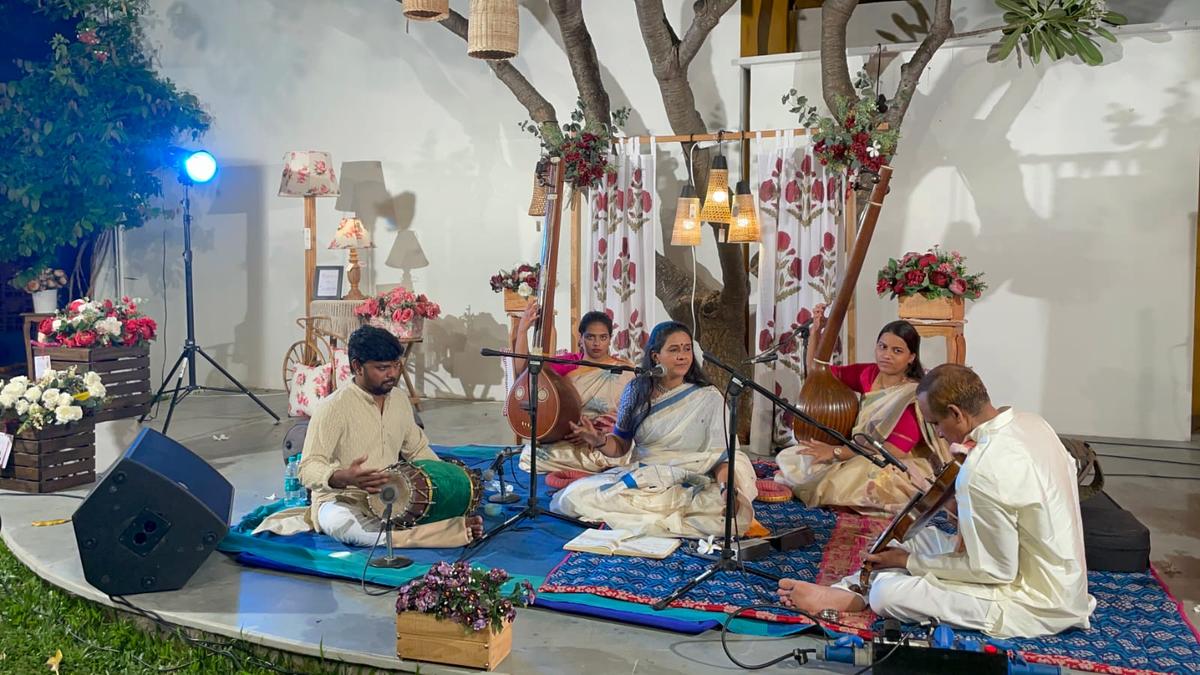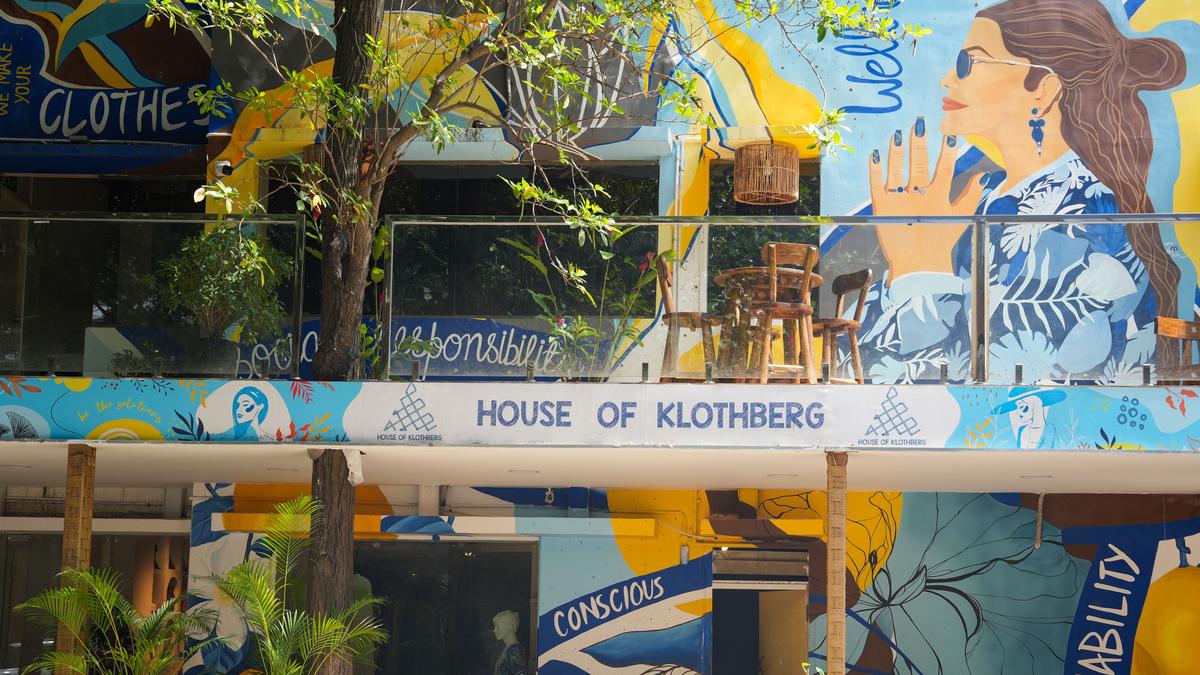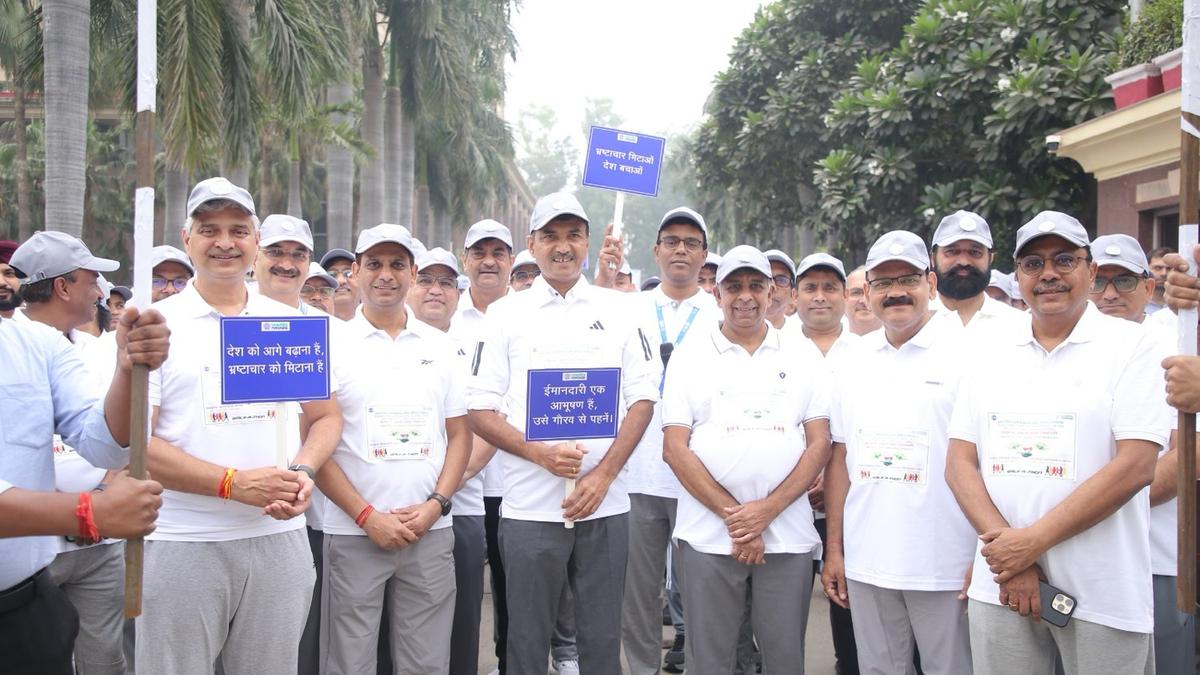The cover of Chitra Banerjee Divakaruni’s new book, Independence
In her monumental novel, Tomb of Sand, Geetanjali Shree asked, “Is every story really a Partition tale?” This English translation from the Hindi original Ret Samadhi was published early in 2022, in the 75th anniversary year of that event, and in its most nobly audacious passages, it took the story of an 80-year-old woman to borders carved in 1947.
Now, at year’s end, Chitra Banerjee Divakaruni, author of around 20 books, with many bestsellers among them, visits the events of the year leading up to August 15, 1947, and the months after that, and narrates how the lives of three sisters and their intimate circle are transformed. If the life story of Ma in Tomb of Sand was located in the northwestern part of the subcontinent, the formative experiences of the Ganguly sisters in Independence take place in Bengal, on both sides of the border ultimately drawn by Cyril Radcliffe.

Chitra Banerjee Divakaruni writes in the present tense to convey the interior dialogue of the three sisters in Independence
| Photo Credit:
Getty Images/iStockphoto
Of the three sisters, 18-year-old Priya, the youngest, is most fiercely determined to break out of prescribed gender roles and make a career for herself. The eldest, the beautiful and least prone to pettiness, Deepa, and the more flawed Jamini — self-conscious and given to assuming a martyr-like air and using substantial guile to draw attention away from her more vivacious sisters — complete the circle, in just one of Divakaruni’s obviously deliberate parallels to the narrative frame of Louisa May Alcott’s Little Women.
When fear divides
Their father Nabakumar is a doctor with his practice in their native village Ranipur, where the family resides, and Calcutta. He is highly regarded, but earns little as he refuses to charge patients without sufficient means. Their mother Bina complains about this, but supplements the family income by making exquisite quilts for sale and gifting them to those in need. Priya wants to be a doctor.
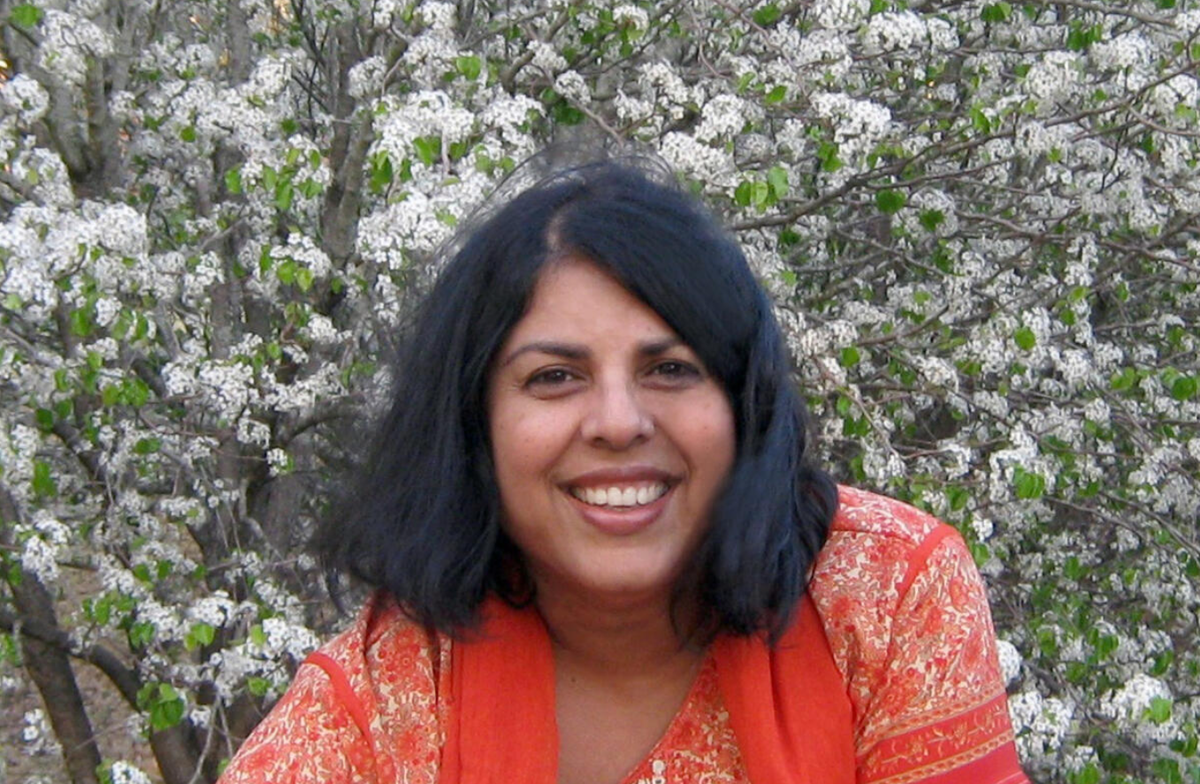
Chitra Banerjee Divakaruni has authored around 20 books
| Photo Credit:
Special arrangement
Nabakumar’s best friend, and benefactor, is Somnath Chowdhury, inhabitant of a fancy mansion in Ranipur and owner of vast estates and a shipping business. He is Priya’s chess partner, and through the course of the novel her biggest supporter as she embarks on entrance exams and ultimately the study of medicine. His son is the handsome Amit, Priya’s best friend, and if you know your Little Women, her potential fiancé.
This idyllic setting changes rapidly, as the violence of Direct Action Day in August 1946 takes Nabakumar’s life, and introduces fear and a communal bitterness in the once largehearted Bina’s veins. Deepa is soon estranged from her mother and eventually isolated on the other side of the border in what becomes East Pakistan, when she falls in love with a member of the Muslim League. Priya’s attempts to get into medical school in India are thwarted by a gender bias, and she finds herself at a college in New England. If this is another echo of Little Women, Divakaruni introduces enough twists to make the narrative chords of the storyline her very own.
Independence
Chitra Banerjee Divakaruni
HarperCollins India
₹699
What underlines independence?
Divakaruni is an insistent writer; there is a spareness in her descriptions of place and the historical timeline as she writes in the present tense to convey the interior dialogue of the three sisters.
Feminism, communal amity, empathy and self-growth are among the requisite qualities she identifies for both a country and a human being to be truly independent. Attainment of these may still be works in progress for the country — indeed, there has been too much slip-sliding — but in the closed circle of the Ganguly and Chowdhury households set in turmoil more than 70 years ago, there is hope. And so it is that they speak of their present and to their country’s fraught future.


